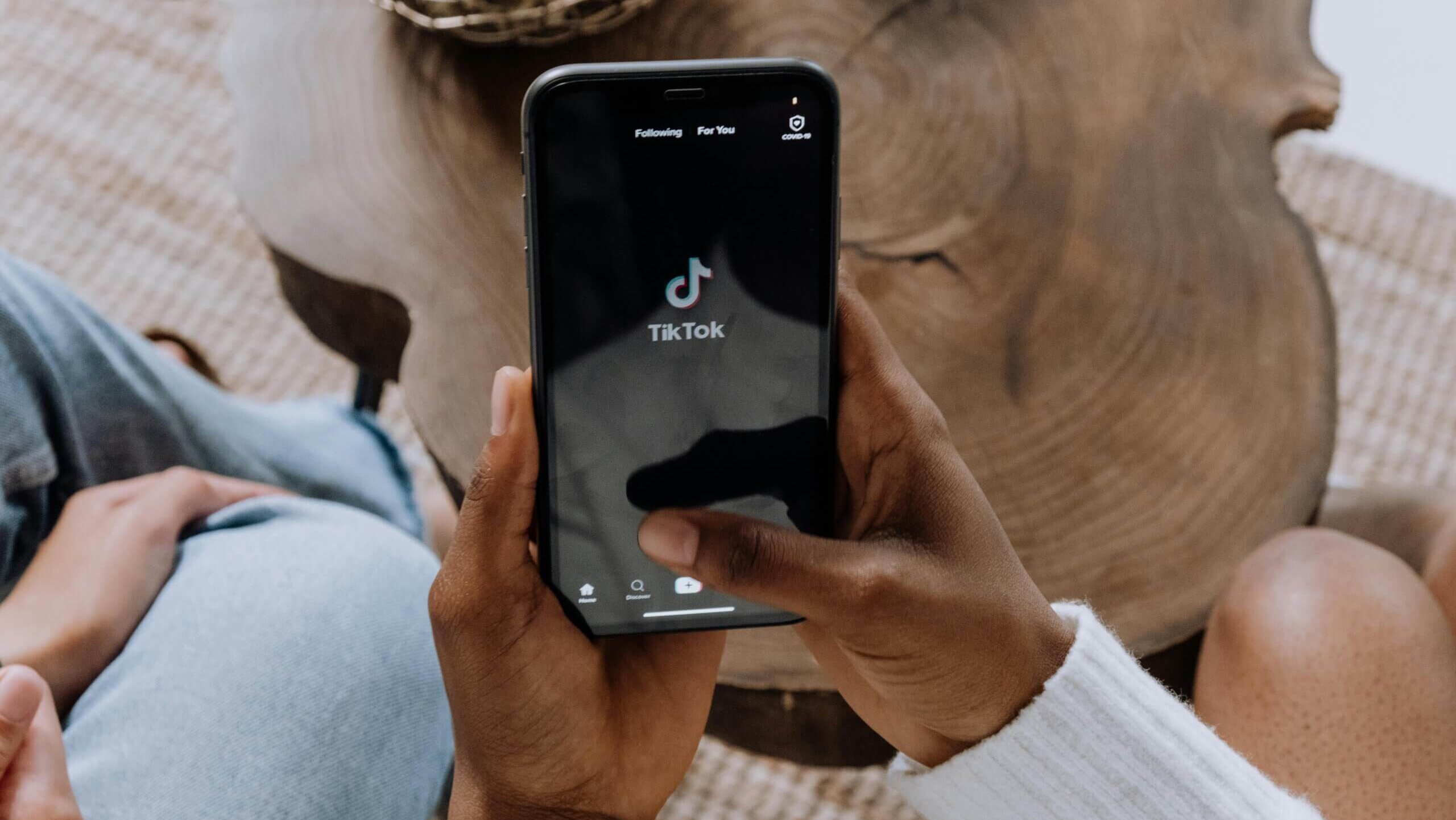
"The original model of social media feeds, showing posts in reverse chronological order, became unsustainable as platforms expanded to billions of users, forcing the introduction of algorithms."
"Social media algorithms prioritize relevance over time to keep users engaged longer, which increases the number of ads seen by users, boosting platform revenue."
"Behavioral tracking is central to algorithm function; likes, comments, and even hovering over posts inform the customization of users' feeds to maximize engagement."
"Instagram’s algorithm evaluates interest, interaction history, recency of posts, and media type to curate personalized experiences for users, enhancing the connection with the platform."
Social media algorithms are designed to filter content based on relevance rather than chronology. Originally, feeds displayed posts in reverse chronological order, but as user volume grew, this became inefficient. Algorithms now prioritize engagement by analyzing user interactions such as likes, comments, and hover time. This behavior-driven approach helps maintain user attention and increases advertising exposure. For instance, Instagram's algorithm assesses factors like user interest, interaction history, and the recency of posts to deliver a tailored feed that enhances user experience and keeps them connected to the platform.
Read at What's Trending
Unable to calculate read time
Collection
[
|
...
]